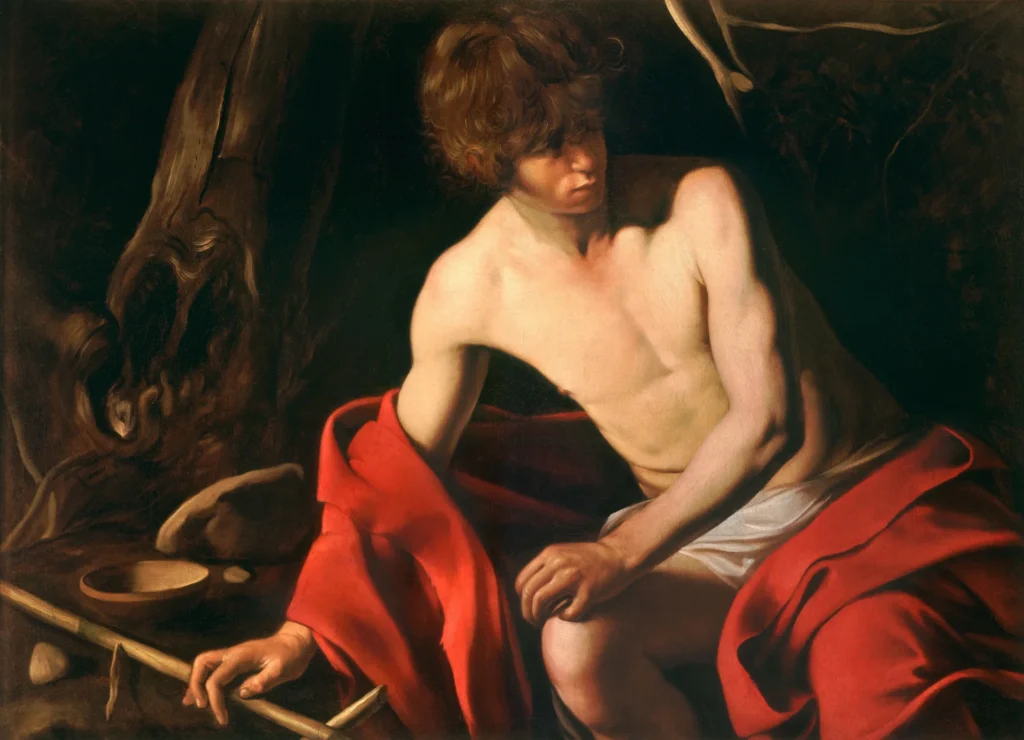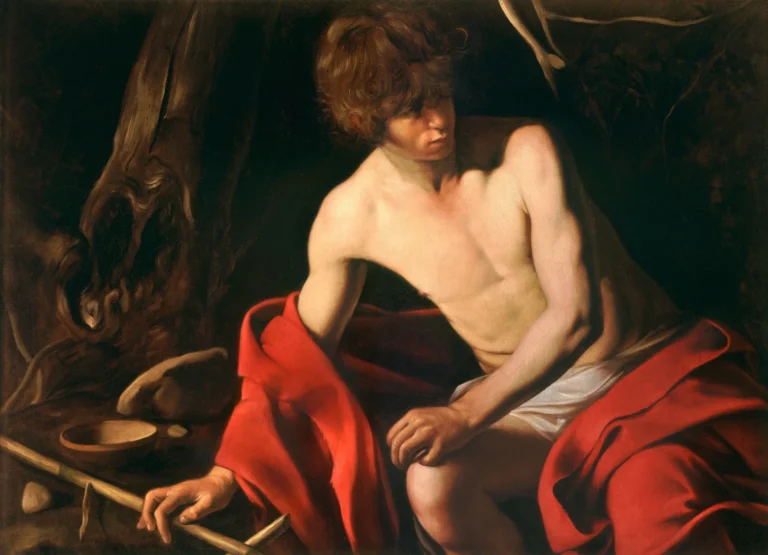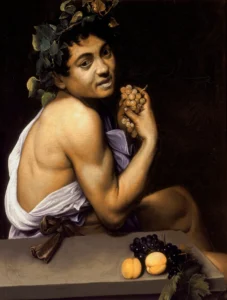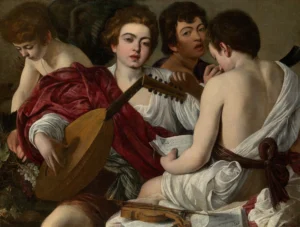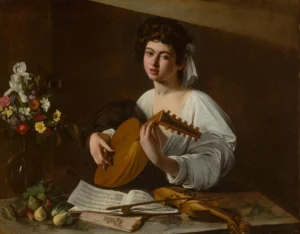Saint John The Baptist In The Wilderness
In Saint John The Baptist In The Wilderness. Caravaggio presents a striking portrayal of the biblical figure stripped of traditional attributes, emphasizing emotional intensity through a contrasting use of light and shadow. Created around 1604-1605, this painting measures 68 x 52 inches, drawing inspiration from Michelangelo and showcasing the artist's realistic approach. It possesses great significance in the art world and is regarded as a treasure within the museum that holds it.
Around 1604-1605
About the Artwork
Caravaggio, one of the leading figures of the Baroque period, profoundly influenced the course of Western art with his bold use of realism and chiaroscuro. Saint John The Baptist In The Wilderness reflects his unique departure from the idealism of the Renaissance, presenting a raw and contemplative John the Baptist devoid of halo or overt religious symbols. This artwork illustrates Caravaggio's fascination with human emotion and the interplay of light and dark, drawing the viewer into the psychological depth of the saint's solitude. Over time, the painting has become one of the prized pieces in American galleries and illustrates the artist's pivotal role in changing notions of beauty and representation in art.
Did You Know
The pose of Saint John the Baptist in Caravaggio’s painting is believed to be inspired by the seated prophets and sibyls depicted by Michelangelo on the ceiling of the Sistine Chapel, reflecting Caravaggio’s deep appreciation of classical art.
Caravaggio’s revolutionary use of chiaroscuro, the strong contrasts between light and dark, is a hallmark of his painting style and significantly contributed to the emotional impact of Saint John The Baptist In The Wilderness. This technique became fundamental in shaping the Baroque art movement.
This version of Saint John The Baptist In The Wilderness is one of the few original works by Caravaggio held in American collections, demonstrating its rarity and the significant cultural value it holds within the context of art history.




